Barberry Thunberg "Harlequin": description and cultivation

Ornamental variety of barberry Thunberg "Harlequin" attracts gardeners with aesthetic color of foliage that changes under the influence of weather conditions. It looks great in a variety of garden compositions. To make the bush feel comfortable in the summer cottage, it is important to follow simple growing rules.
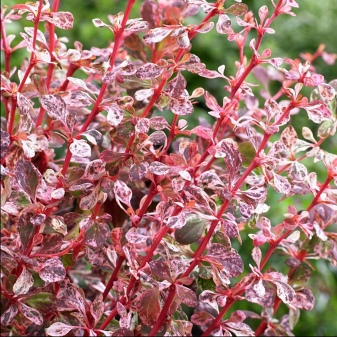
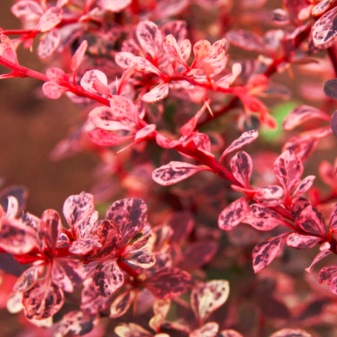
Peculiarities
The plant reaches a height of 1.2–1.5 m, but is characterized by slow growth: the annual growth is only 10–15 cm. The description should start with a lush, rounded crown with many branches. Young shoots have a yellowish color, which browns over time.
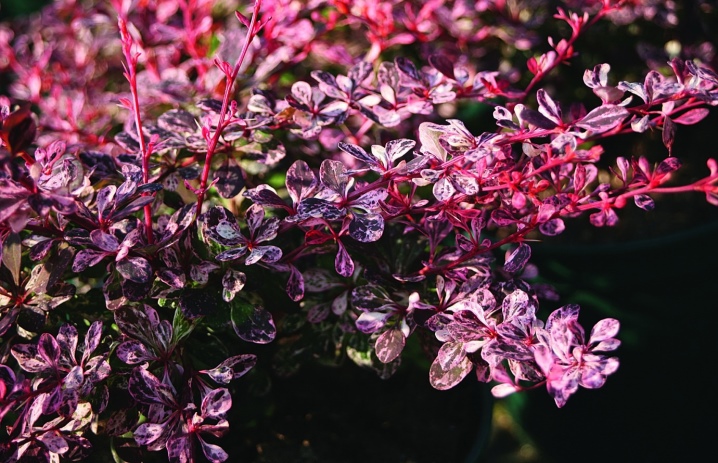
The culture has long leaves (up to 3 cm) of burgundy color with white or pink stains, and by autumn the leaf plate is filled with a golden tint. The length of the thorns on the shoots can reach 1.8 cm.
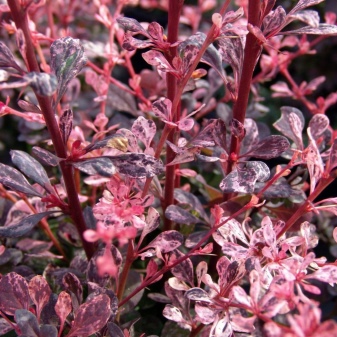
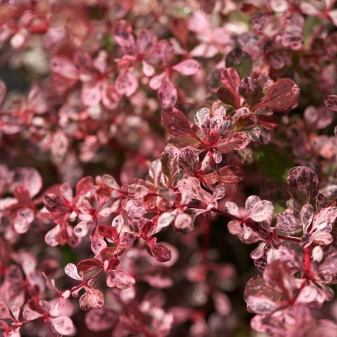
Flowering usually starts in mid-May and lasts for 20 days. Flowers can develop separately or form into red-yellow inflorescences. The berries ripen by the end of summer, they are characterized by a slightly elongated shape and a rich red hue, they are not edible. In warm climates, decorative bright colors are retained even in winter. In general, the Harlequin variety is characterized by frost resistance and high immunity to disease.
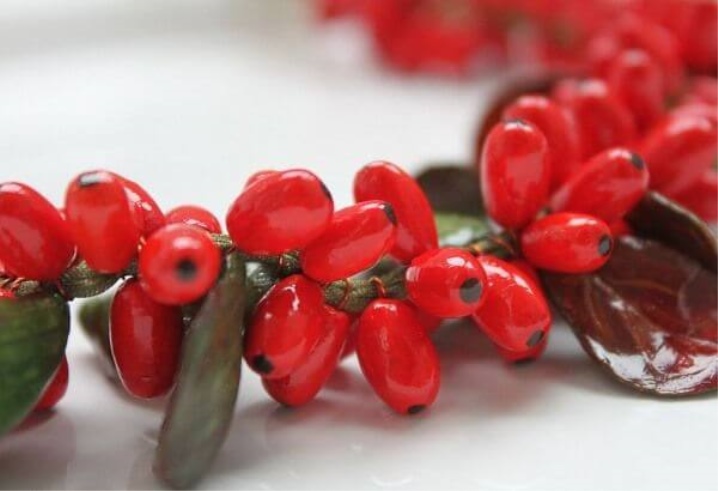
How to plant?
The presented variety attracts summer residents by the absence of strict requirements for the composition of the soil. He feels comfortable both in the shade and in the sun, but does not like waterlogging, so places near water bodies or in lowlands are not suitable for planting. Planting is carried out in late April or early May, autumn planting is allowed before the first cold weather.
Before planting, the selected flower bed should be dug up and organic fertilizer applied. Mullein or chicken droppings work well.
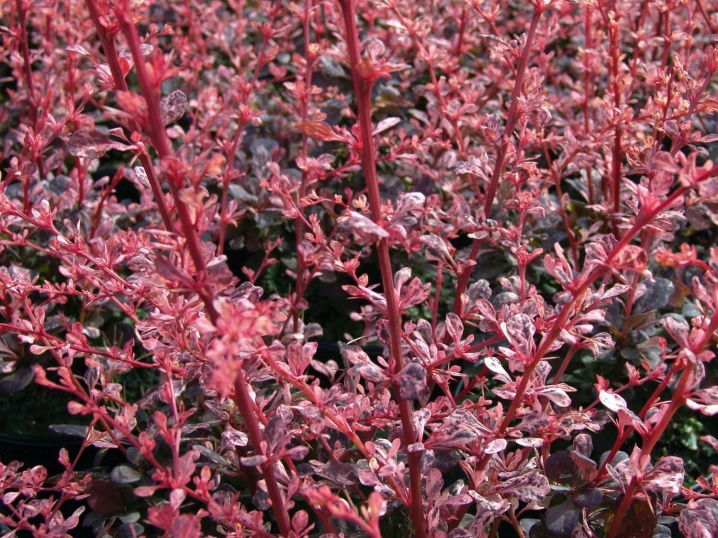
The planting process consists of several steps.
Dig planting holes for each seedling 10–15 cm deep. The recommended distance between specimens is 1.5–2 m. If you plan to create a hedge, then 1 m is enough.
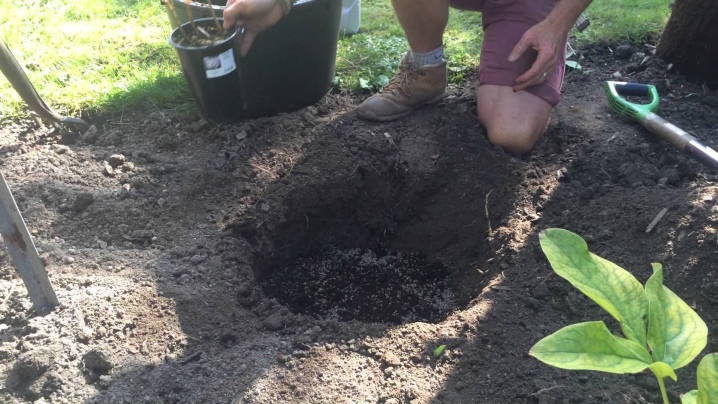
Place a drainage layer on the bottom. You can use, for example, chipped brick, expanded clay or pebbles.
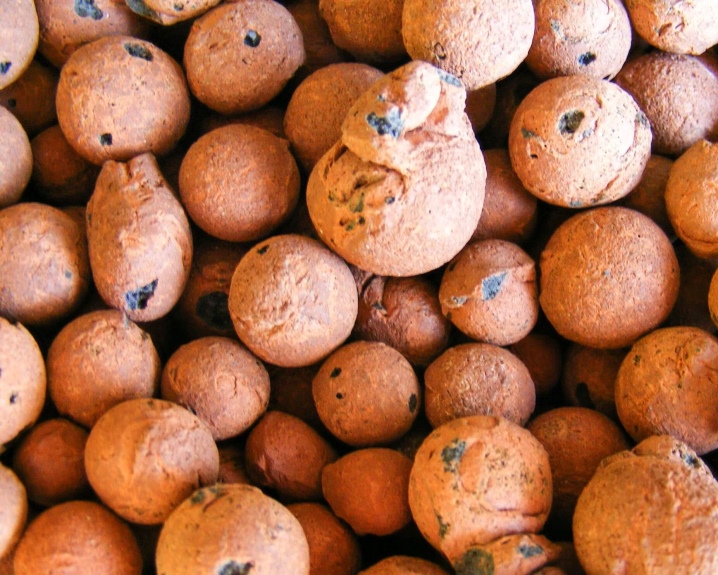
Apply the next layer of nutrient mixture prepared from garden soil, sand and humus in equal parts.
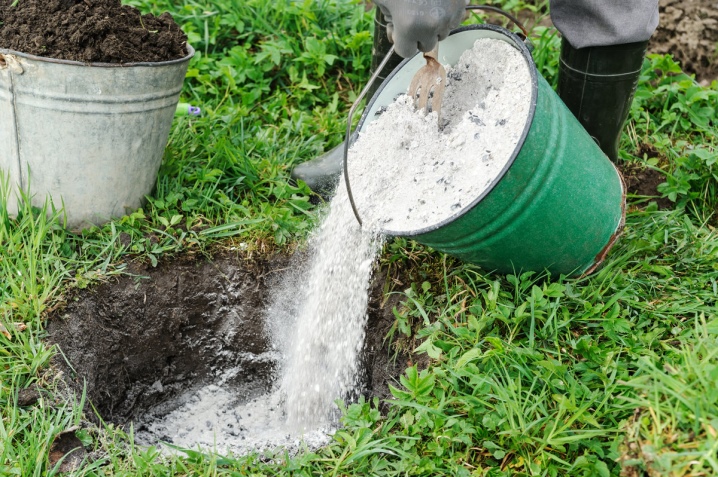
- Place a seedling in the center and cover with earth.
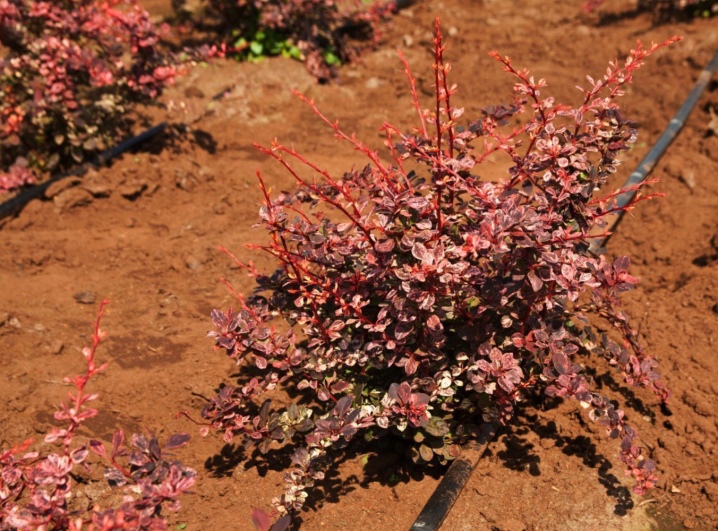
Cover the tree trunk with sawdust or wood chips.
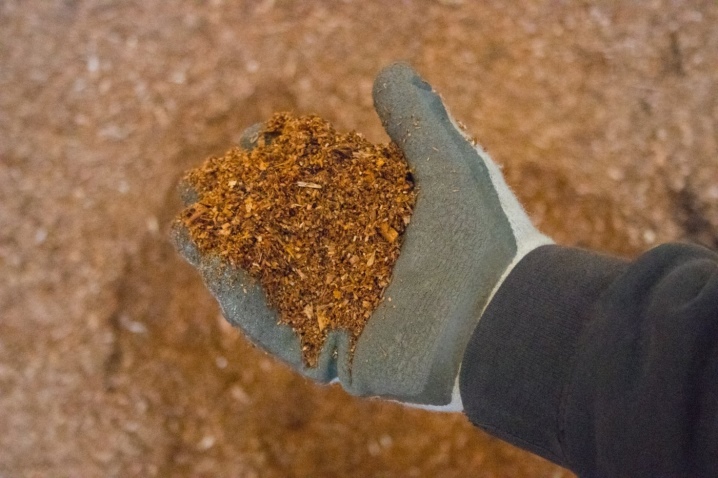
Moisten the planting site with 10 liters of water for each plant.
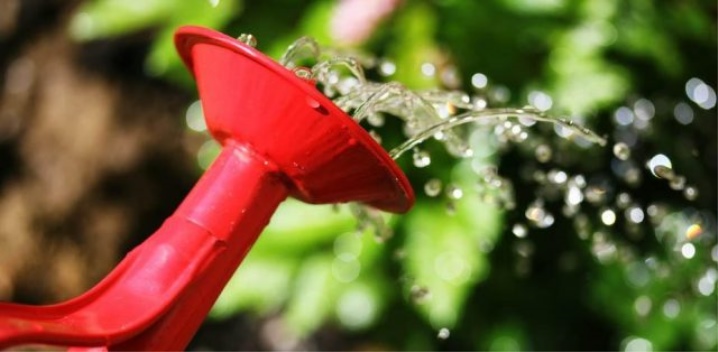
- If night frosts are likely, then insulate the seedling with spruce branches or covering material.
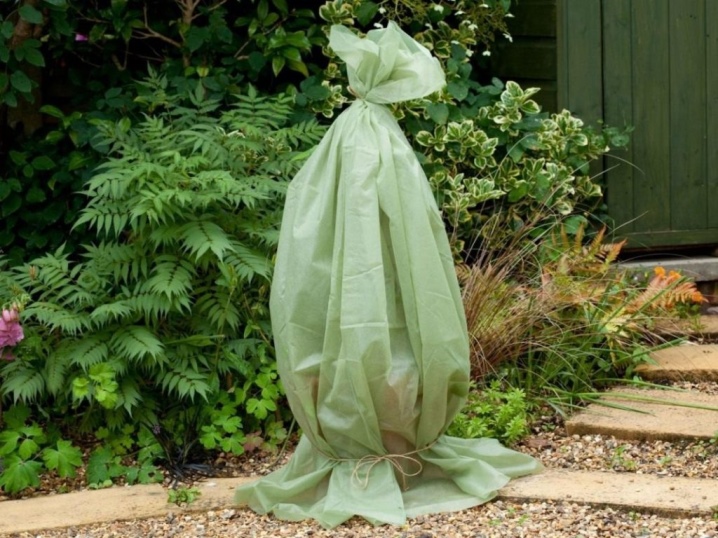
How to take care of it properly?
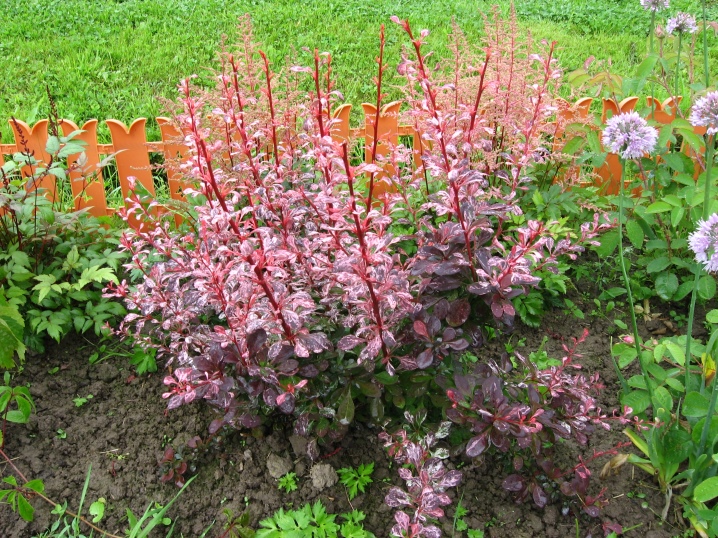
Watering
The presented variety is distinguished by drought resistance, therefore it will well endure dry summers. It is enough to irrigate a couple of times a month in a volume of 1 liter of warm water. After manipulation, it is customary to loosen the ground and add a layer of mulch, such as foliage or straw, - these measures will allow you to retain moisture as long as possible, protect the leaf plate from burns, and gradually mulch will become additional food for the culture.

Top dressing
In order for the plant to grow faster and develop correctly, it should be fertilized periodically. Humus, compost, peat, complex chemical fertilizers are suitable as top dressing. The plant needs additional nutrition during the period of inflorescence formation and before fruit ripening.
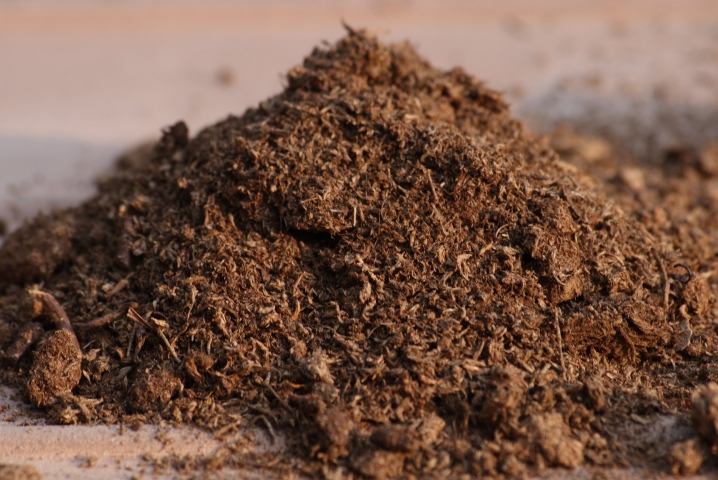
If the seedling is purchased in a separate container, then there is no need to feed it in the first year of life after transplanting it into the open ground, since all the useful nutrients are already in the substrate.
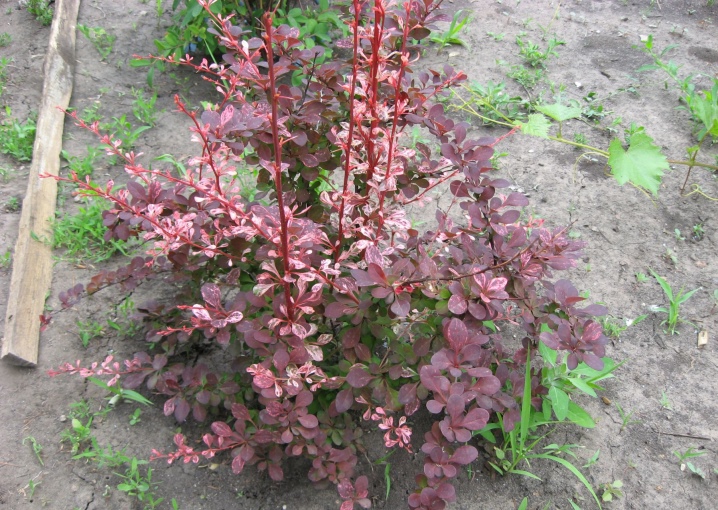
Pruning
Shrub trimming is needed to protect against ailments and to maintain decorativeness. There are three trim options available:
- forming - performed in the fall to form the desired shape;
- sanitary - this is spring pruning, during which dry, damaged, frozen branches are eliminated;
- rejuvenating - carried out every 7 years in order to remove old shoots.
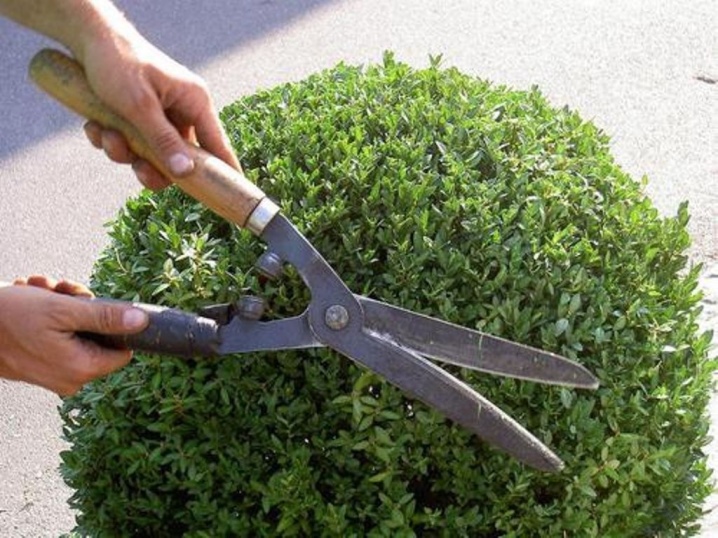
Whatever the task of trimming, it is important to carry out the procedure with a well-sharpened tool, pre-treated with an antibacterial agent.
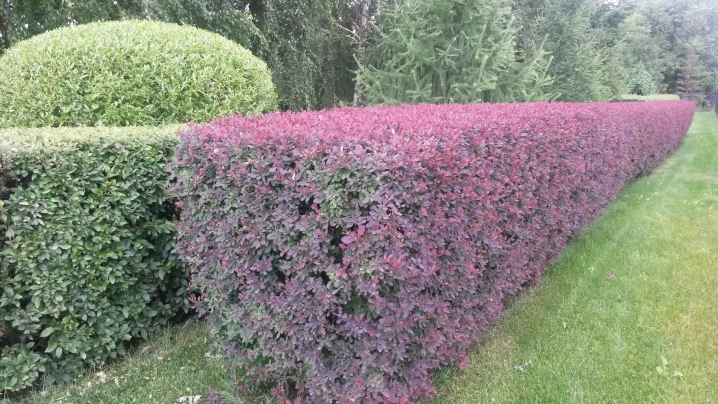
Preparing for winter
The "Harlequin" variety is able to withstand frost down to -30 degrees, but in the first two years of life, young seedlings are better insulated to help them survive a difficult time. As protection from the cold, the trunk circle is filled with straw, foliage or needles - a layer of mulch will serve as insulation for the root collar. To protect the aerial part, the branches are collected in a bunch, wrapped in spunbond and fixed. It is important to remove the insulation immediately after the spring frosts, otherwise the plant will soper and die.

Reproduction methods
You can breed a plant in four ways:
seeds;
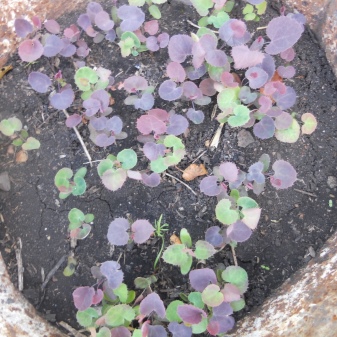

cuttings;
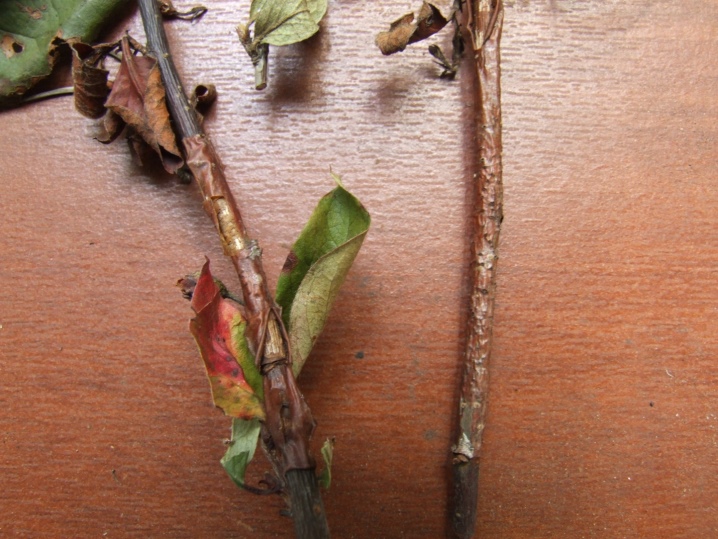
dividing the bush;
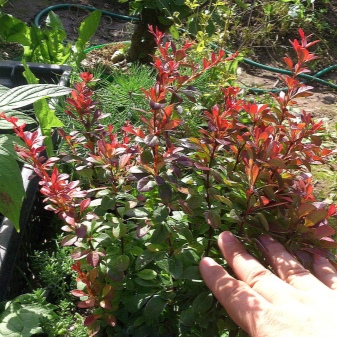

- root shoots.
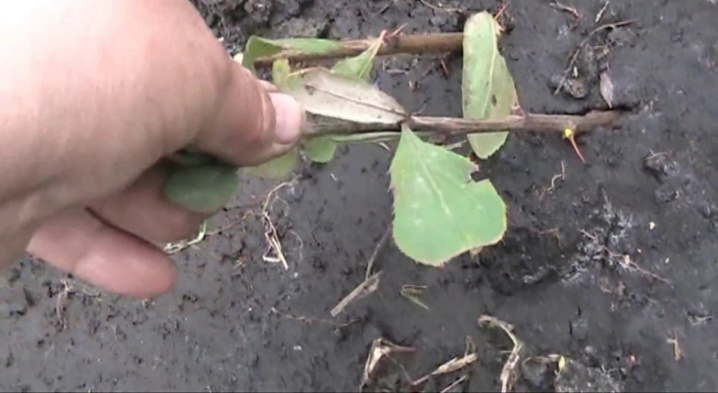
The first is the least promising method, since barberry seeds are characterized by low germination. In this regard, it is better for novice florists not to use this method.
The simplest and most expedient way of growing is cuttings. For reproduction, cuttings 10-15 cm long from the lateral shoots should be cut off from the side shoots, free them from the lower leaves, and the upper ones should be shortened twice, put the cuttings for a couple of hours in a growth stimulator, for example, "Kornevin" or "Epin".
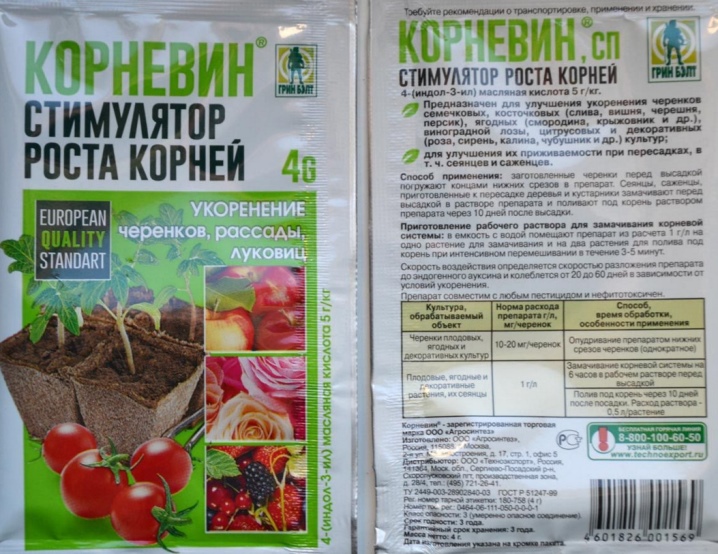
Next, the prepared planting material must be placed in a substrate of sand and peat and cover the container with glass. Every day the glass is raised, the seedlings are ventilated and the earth is moistened. After rooting, new leaves will be observed, the cutting will begin to grow actively, and it can be transplanted into a pot with a nutrient mixture, and after a year the plant is ready to "move" to a permanent place.
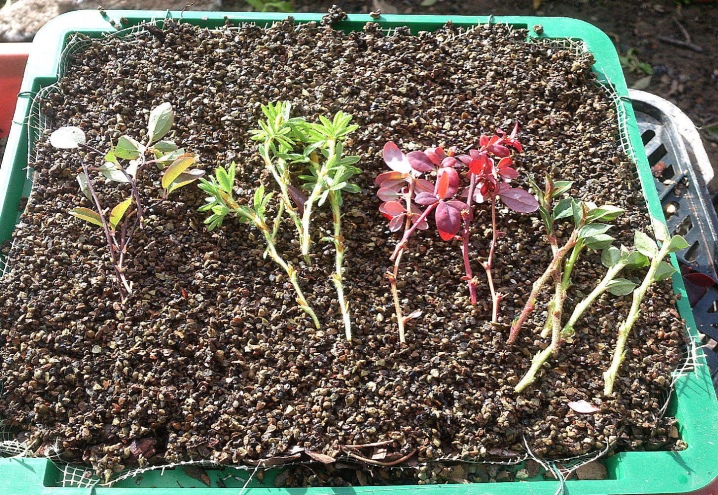
Diseases and pests
In general, the "Harlequin" barberry is rarely a victim of diseases, but without proper prevention, this problem does not pass it by. So, powdery mildew becomes a frequent ailment. It can be recognized by the whitish bloom on the leaves. The causes of the disease are usually high levels of humidity and air temperature. Treatment with biofungicides or soap and soda solution will help to save the culture.
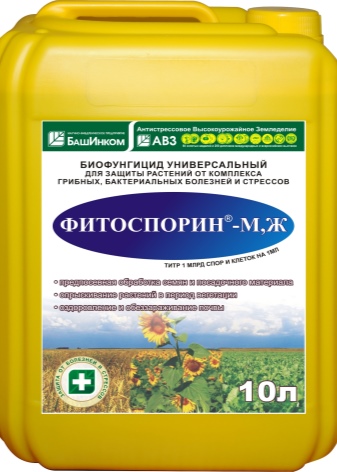
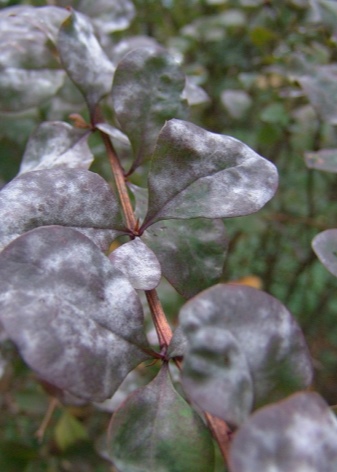
Of the insects, the plant most often infects aphids, which love to feast on its juice. A solution of coniferous soap will help get rid of the pest. Another enemy of this representative of the flora is the barberry sawfly. It looks like a caterpillar gnawing at young leaves and shoots. You can fight the pest with the help of the drug "DNOC" or a 5% oil-in-oil emulsion.

Use in landscape design
Variety "Arlekino" looks very nice in group plantings in combination with other varieties of barberry. It can also be used in mixborders, multi-level flower beds, decorate alpine slides with it, decorate Japanese gardens.
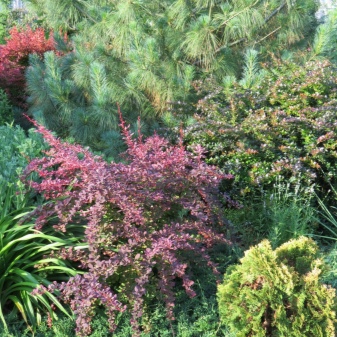
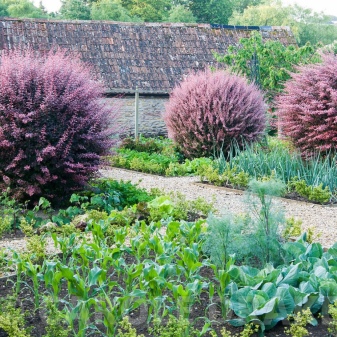
Often hedges are created from a flower, borders are decorated, such compositions always have a picturesque appearance, since the stems are not exposed. For a hedge, specimens are usually planted in a checkerboard pattern. In the first year, such a “fence” does not need to be formed, but when the culture “oversteps” the age of one year, it will be necessary to carry out pruning for an aesthetic purpose.
Learn more about the Thunberg barberry "Harlequin" from the video below.



































































The comment was sent successfully.